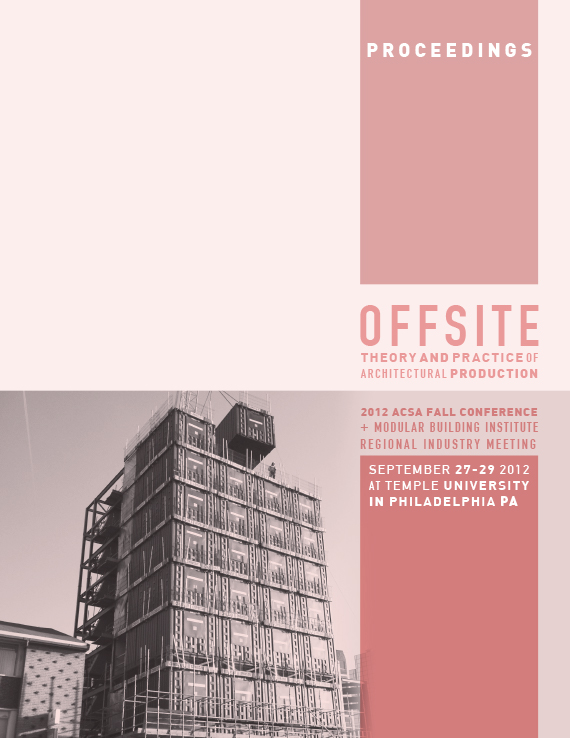Author(s): Clare Olsen
Abundant and derived from the earth, clay is inexpensive and capable of beingmanufactured on both small and large scales. When applied to buildingfacades, ceramic is durable and self-cleaning and one of the more durableand sustainable moldable materials that can be formed into highly texturedmodules. Perhaps it is because of these factors that numerous high-profileceramic-clad projects have made their mark within contemporary discourse.These include the brightly colored and texturized Central Saint Giles by RenzoPiano and the digitally crafted, peeling rainscreen of Enric Ruiz’s Villa Nurbs.The material can take on formal qualities of ornament, coloration, pattern andtexture, while the craft has historically managed tessellation with precision andease. In addition, ceramic performs really well as an ecological material bothin terms of its moldable qualities (it can do work through form), and materialproperties (it can do work through molecular structure). There are numeroushistorical and contemporary examples of sun and rain mitigating screens andwater-shedding surfaces, but there is also tremendous potential in the materialto collect and filter water. Given the performative potential of designing withceramic at the building scale, the ancient material has untapped potential,however, there are still a number of challenges to a more wide-spread use inthe building industry. This paper identifies key factors in the proliferation ofecologically-minded designs encorporating this material system, offering casestudy examples, analyses of current design and construction practices as wellas speculations on the potential of the material in prefabricated, performancebasedsystems.
Volume Editors
John Quale, Rashida Ng & Ryan E. Smith
ISBN
978-0-935502-85-5

 Study Architecture
Study Architecture  ProPEL
ProPEL 
